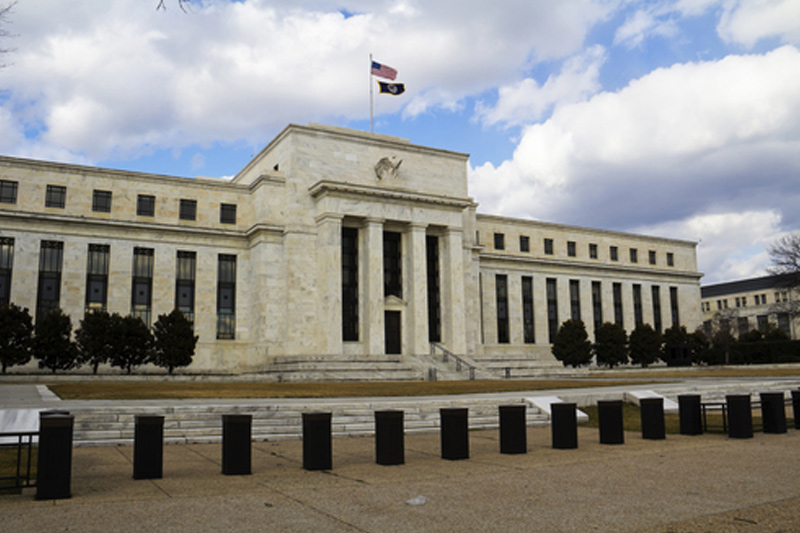(Bloomberg Opinion) -- The Federal Reserve’s monetary policy meeting this week won’t yield any fundamental changes. The Fed’s near-term path remains holding interest rates steady and keeping its balance-sheet assets from shrinking further. But what about later in the year? We should remain open to the possibility that the Fed has pulled us into a “dove trap” and will reverse policy in a hawkish direction.
For now, the Fed appears set to hold rates steady for the foreseeable future. At the same time, an increasingly dominant view among market participants is that forecasts of inflation alone no longer justify rate hikes; the Fed needs to see more convincing evidence of sustained inflationary pressures prior to boosting rates. Longer-term, Fed officials such as Chicago Federal Reserve President Charles Evans and Boston Federal Reserve President Eric Rosengren have proposed policy strategies that explicitly allow for above-target inflation.
All of the above point toward a dovish monetary policy path, and this remains my baseline. Still, it is fairly easy to see how that bet turns bad. Three scenarios in particular come to mind.
First, the Fed’s projections are forecasts, not promises. A steady rate policy relies on the soft-landing scenario where growth slows to something close to trend growth by the end of the year. Incoming data, however, not only continues to alleviate recession fears but also suggests that growth may come in higher than forecast.
The U.S. economy grew at a better-than-forecast 3.2 percent in the first quarter. Note that the first quarter has been weak in recent years and this year also includes the impact of the government shutdown; underlying activity may be even stronger than first-quarter GDP numbers suggest. If growth comes in substantially ahead of expectations in 2019, we would expect the same to be true of labor market and inflation outcomes. That kind of shift in the outlook would prompt the Fed to revisit its current dovish policy stance.
Second, we can’t forget that the Fed has a time-consistency problem. What seems like good policy now might not seem so good in the future. While the Fed may now signal steady rates until inflation actually accelerates more convincingly, the central bank may find it difficult to follow through on that promise if unemployment were to drop lower than anticipated. Policy makers could shift back to a “forecast is more important actual data” stance with regards to inflation.
Third, any discussion regarding any changes to the Fed’s fundamental policy strategy might only apply to the next cycle. The Fed may believe that it is too late in the current cycle to start playing with persistently above-target inflation. Any talk of catch-up strategies in which the Fed makes up for low inflation by targeting higher inflation, for example, may only be in preparation for the next recession. In that case, it has little if any relevance for the near-term outlook.
While I stick with my baseline call that the Fed is on hold and that the next rate move is more likely to be down than up, I am watching out for the above three scenarios to see if I am about to be caught in a dove trap laid by the Fed.
